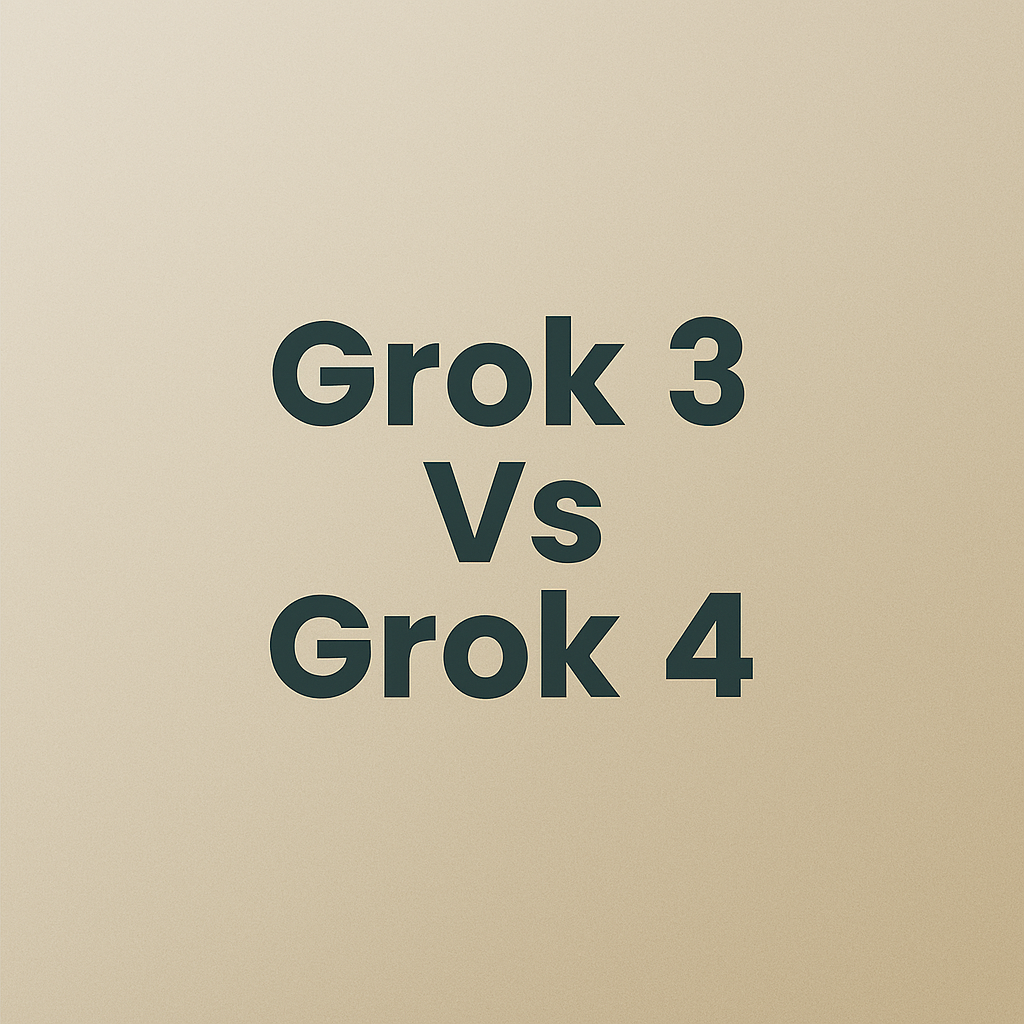
What's the Difference Between Grok-3 and Grok-4?
With the lightning-fast pace of AI development, the jump from one model generation to the next is often monumental.
While xAI keeps the specifics of Grok-4 under lock and key, we can speculate on the key differences based on industry trends and the trajectory of AI evolution.
The transition from a hypothetical Grok-3 to Grok-4 isn't just about being 'smarter'—it's about being fundamentally different in architecture, reasoning, and interaction with the real world.
1. Architectural Leap: From MoE to Hyper-Efficient MoE
Grok's architecture is famously based on Mixture-of-Experts (MoE), a design that activates only relevant 'expert' parts of the model for a given query, making it more efficient.
Grok-4 would take this a step further. Instead of just activating experts, it might feature a dynamic routing mechanism that not only selects experts but also allocates computational resources based on the query's complexity.
For a simple question, it might use a fraction of its power, delivering an answer almost instantly.
For a complex, multi-step reasoning problem, it would engage a larger cluster of experts, behaving more like a team of specialists collaborating in real-time. This leads to unparalleled efficiency and speed at scale.
Think of Grok-3 as a team of experts on standby. Grok-4 is a team that knows exactly how many members need to show up for the job, and they arrive instantly.
2. Real-Time Data Integration vs. Real-Time Understanding
A key feature of Grok is its access to real-time information from the 𝕏 platform.
Grok-3 likely excels at pulling in current events and trending topics to provide up-to-the-minute answers.
Grok-4 would evolve from data integration to real-time understanding. It wouldn’t just fetch recent data; it would continuously update its internal knowledge graph, understanding the context, sentiment, and implications of unfolding events.
This means it could answer questions like, "How has public sentiment on this topic shifted in the last hour?" instead of just, "What is the latest news on this topic?". It's the difference between reading the news and being a seasoned news analyst.
3. Multimodality: Beyond Text and Images
While Grok-3 might have strong text and image processing capabilities, Grok-4 would be a truly native multimodal system.
This means it wouldn't just 'understand' images or audio as separate inputs; it would reason across them simultaneously.
You could show it a video clip with audio and ask, "Based on the background noise and the subject's tone of voice, what is the likely emotional state here?".
This allows for far more sophisticated applications, from analyzing video streams for anomalies to creating richer, more interactive content that blends text, visuals, and sound seamlessly.
4. Agentic Capabilities: From Following Instructions to Formulating Strategy
Grok-3 can likely execute complex, multi-step instructions given by a user. However, Grok-4 would introduce advanced agentic capabilities.
This means it could take a high-level goal, formulate a multi-step strategy, execute it, and adapt based on the results—all with minimal human intervention.
For example, instead of asking it to "book a flight, then find a hotel," you could ask it to "plan my entire business trip to Tokyo next week, optimizing for cost and travel time." Grok-4 would then autonomously research, compare options, and present a complete, actionable itinerary.
Conclusion: A Glimpse into the Future
The leap from Grok-3 to Grok-4 represents a shift from a powerful information processor to a sophisticated reasoning partner.
While Grok-3 provides fast, relevant, and witty answers, Grok-4 would offer strategic, context-aware, and multimodal understanding.
It’s a move from a tool that answers questions to a system that helps you solve problems you haven’t even fully defined yet.